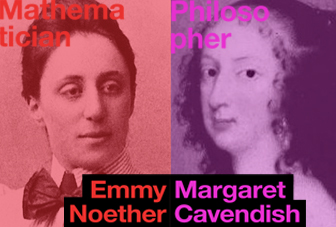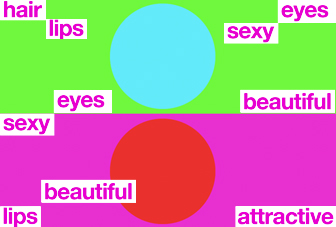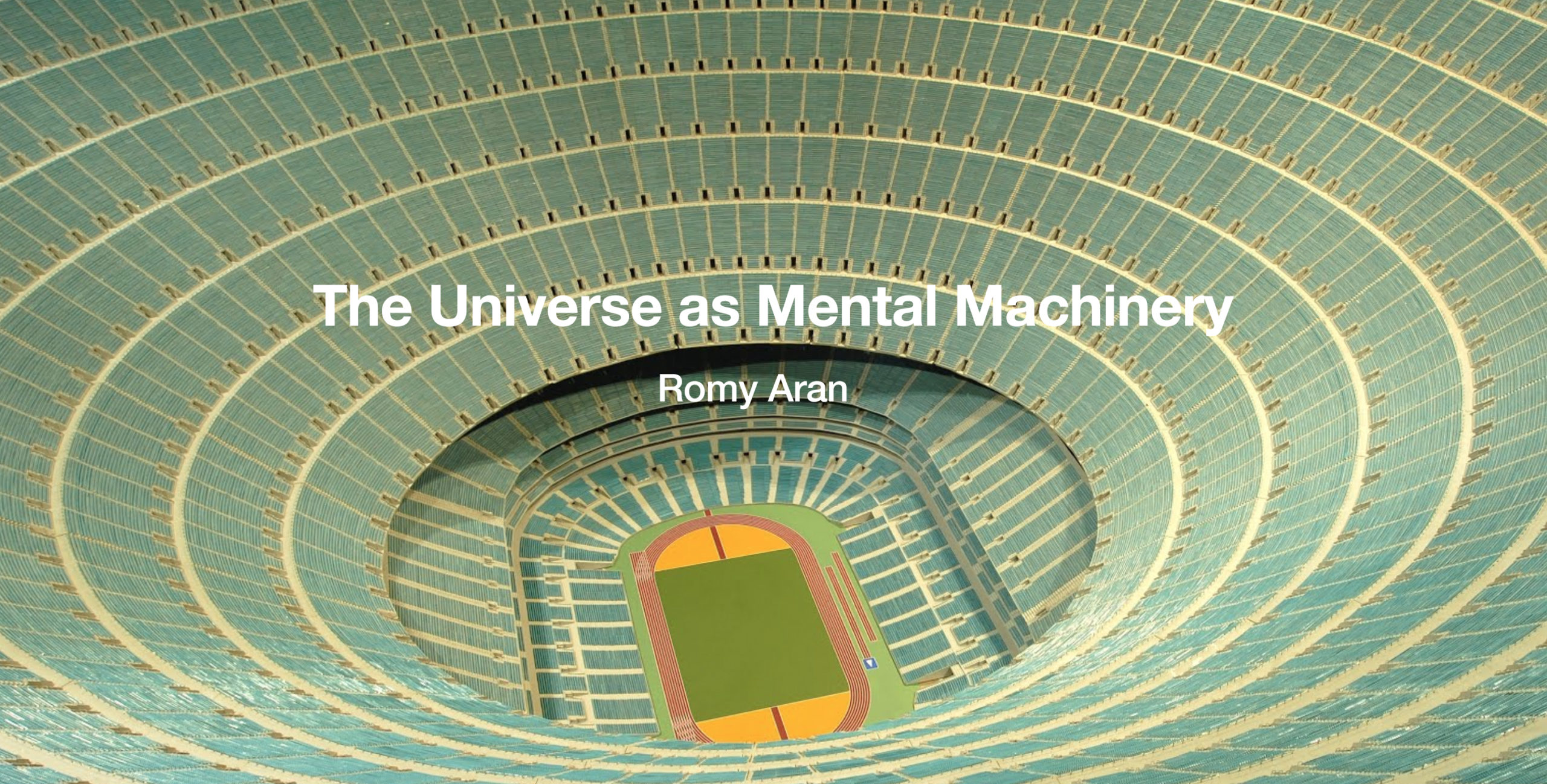
If we trace the development of physics over the centuries, we can see a fascinating and dynamic interplay between abstract models and physical theory. From the rudimentary notion of telos, or “end goal”, found in Aristotelian physics to Ptolemy’s forest ofepicycles, and then to post-Newtonian phase space, Einstein’s curved space, and quantum mechanics abstract state spaces, there is no shortage of mental machinery that havebeen attached to the objects we are aware of in the world in order to explain theirbehavior. In truly thinking deeply about what each of these models offer, it is difficult to say whether or not they really offer an explanationfor a particular phenomenon. For example, is it enough to say that the wave-like behavior of electrons is a consequence of the uncertainty of position built into the wavefunction, or that the motions of bodies in a gravitational field are dictated by paths in a particularly curved spacetime? The uncertainty comes with the new terminology that is introduced: what isa wavefunction? Whatisspacetime? Certainly,there are mathematical definitions, but does this suffice to give flesh to these ideas? The two modern pillars of physics, quantum mechanics and general relativity, have been able to both offer strong theoretical justification for confusing experimental resultsand even make remarkable, verified predictions about the universe with the aid of their underlying abstract machinery. Whether or not this is sufficient to treat these models as the truly fundamental reasonfor what is observed is very much a controversial matter and one which has been discussed for centuries. In his An Enquiry concerning Human Understanding, Scottish philosopher David Hume wrote that “the utmost effort of human reason is, to reduce theprinciples, productive of natural phaenomena, to a greater simplicity, and to resolve the many particular effects into a few general causes, by means of reasonings from analogy, experience, and observation.”(Hume 112) He later adds, with a slight tone of pessimism or harsh realism, that “But as to the causes of these general causes, we should in vain attempt their discovery”(Hume 112). But even with this somewhat downcast perspective, it is still a continuing source of wonder that mathematics is nevertheless capable of describing the natural world at all. Aside from whether or not these abstract models are sketches of the actual structures which exist in the world, they offer a picture which is accurately reflected in experiment. But if it is “the causes ofthese general causes” which we seek, itseems that the best we can do, so far, is offer an explanation for the phenomena in the world in terms of our own artificial language and structures.
Reference:
Hume, D. (1999).An Enquiry concerning Human Understanding(T. L. Beauchamp, Ed.). Oxford University Press. (Original work published 1748)
Pfeiffer, P. (2008). Vitruvian Figure [Sculpture]. Biennale of Sydney, Sydney.
Other Pages

Interview with Dr. Alexandre SkibaProject type

The Return Of The HistoryProject type

A Dead DreamerProject type

NothingProject type

ObsessionProject type

A Person & Their TribeProject type
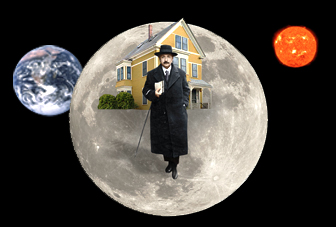
Education From a DistanceProject type

Coffee, Twitter, and RevolutionProject type

When I Turned SeventeenProject type
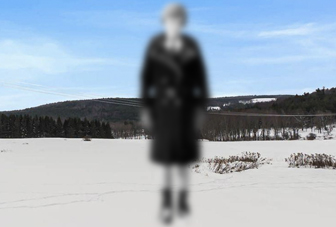
A Winter of IsolationProject type

SpeechProject type

Desolation's PerseveranceProject type

CoraProject type

Hospital CookiesProject type
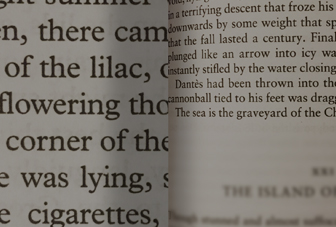
A Fragmentation of WordsProject type
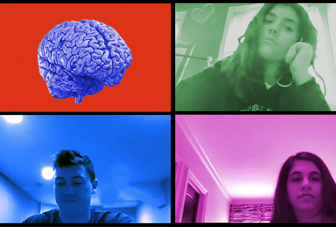
The Stress of Remote LearningProject type

Sweet SixteenProject type

WordsProject type

A Christmas CarrollProject type

New York City 2020Project type

Qualified Immunity: Broken DownProject type
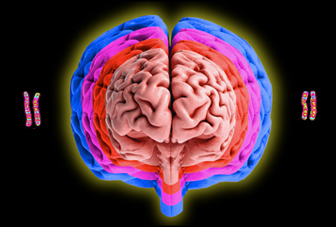
What Science Tells Us About Gender?Project type

Beyond The Bathroom StallsProject type

1 am thoughts on Trutharticle

Brooklyn, NY During COVID-19Photo Gallery

AboutAbout Page

Submission InformationProject type


